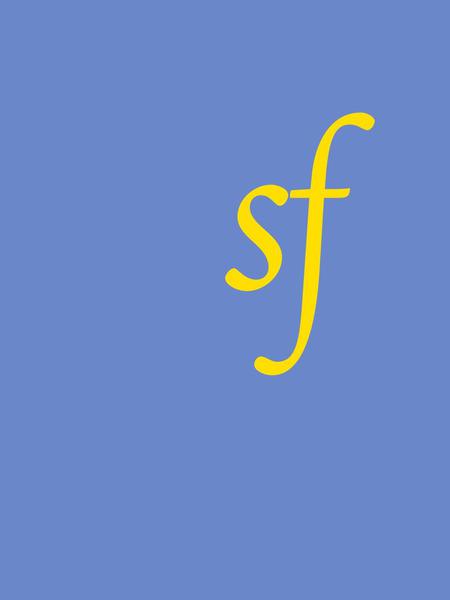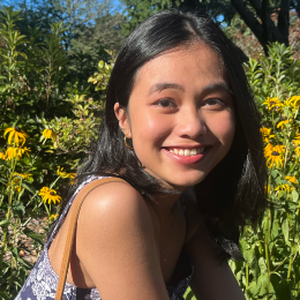
(2021) HEIGHTS Vol. 68, Seniors Folio
Batch 2021, our journey began in OrSem 2017, Likha, where we were entrusted with the goal of, not only envisioning, but creating a future within and beyond the four walls of Ateneo. Three years into our journey, in our last year, we were met with the tumultuous advent of the pandemic where we bore witness to how nothing, yet everything, has changed; in Dolomite beaches, in unwarranted mañanitas, in bigger national debts, in aggravated police brutality, and brazen killings










